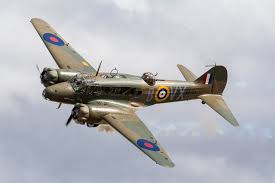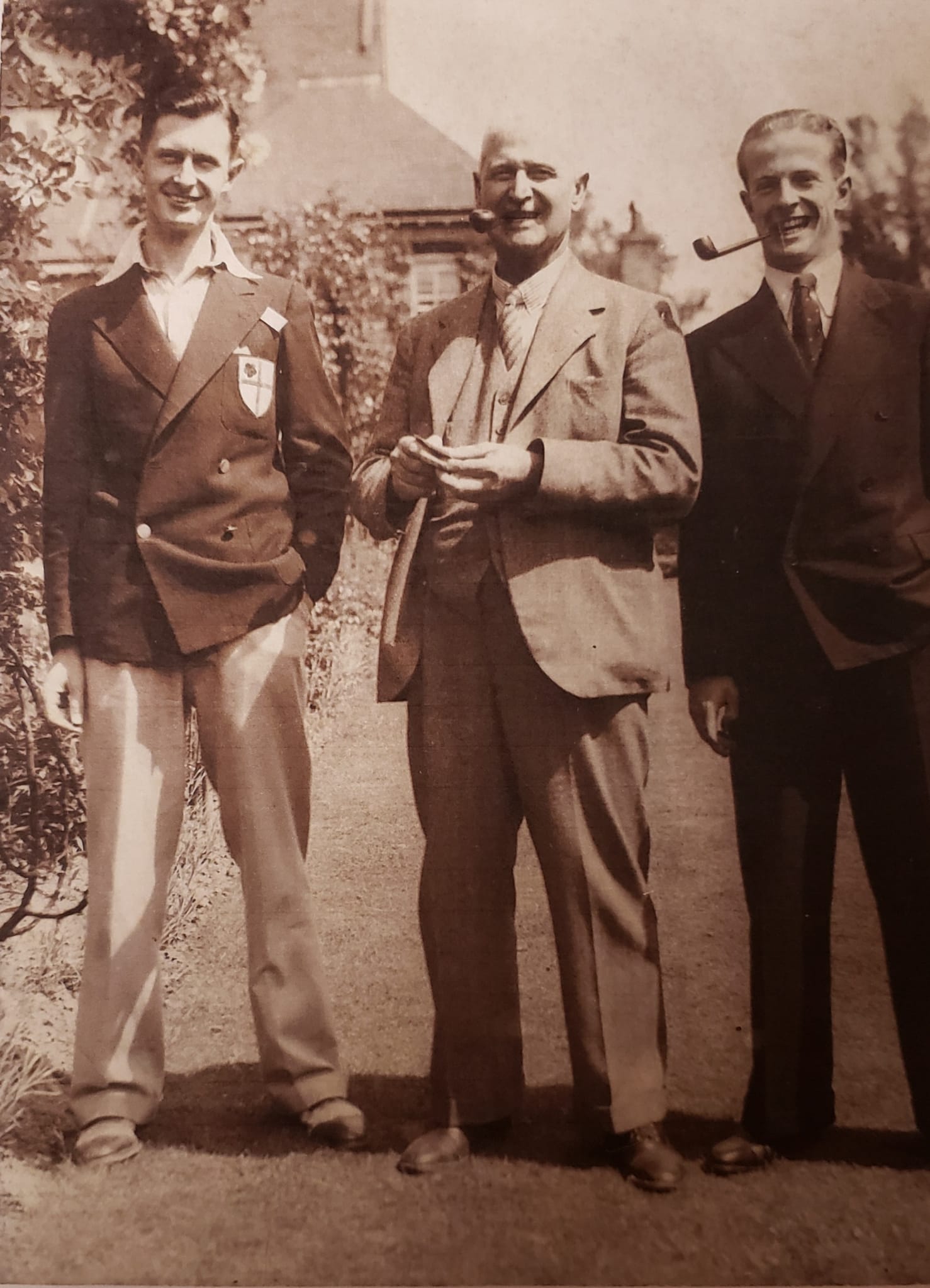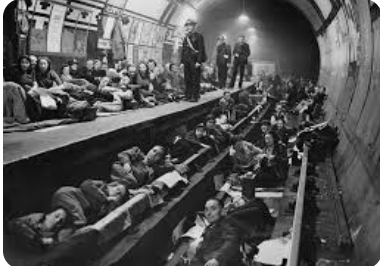When Norman Crawford Smith was invited to join Metropolitan-Vickers in 1949 he could hardly believe his good luck. In his final year at U.C.T. many of his lectures were delivered by Prof. Goodlet. He was a brilliant man and an excellent teacher. When asked by a student how a particular operation was performed he would consider for a moment and then say that you could do it this way or that way “But at Metrovick we always did it this way”. (He had received much of his training and engineering experience at M-V) So he came to understand that as far as electrical engineering is concerned, Metro-Vick was the Rolls-Royce of the profession.
In this blog, Norman Crawford Smith opens a window on what life was like in the maelstrom of corporations where sometimes idiosyncratic management styles and behavior created resentment and anxiety.
Continue reading







